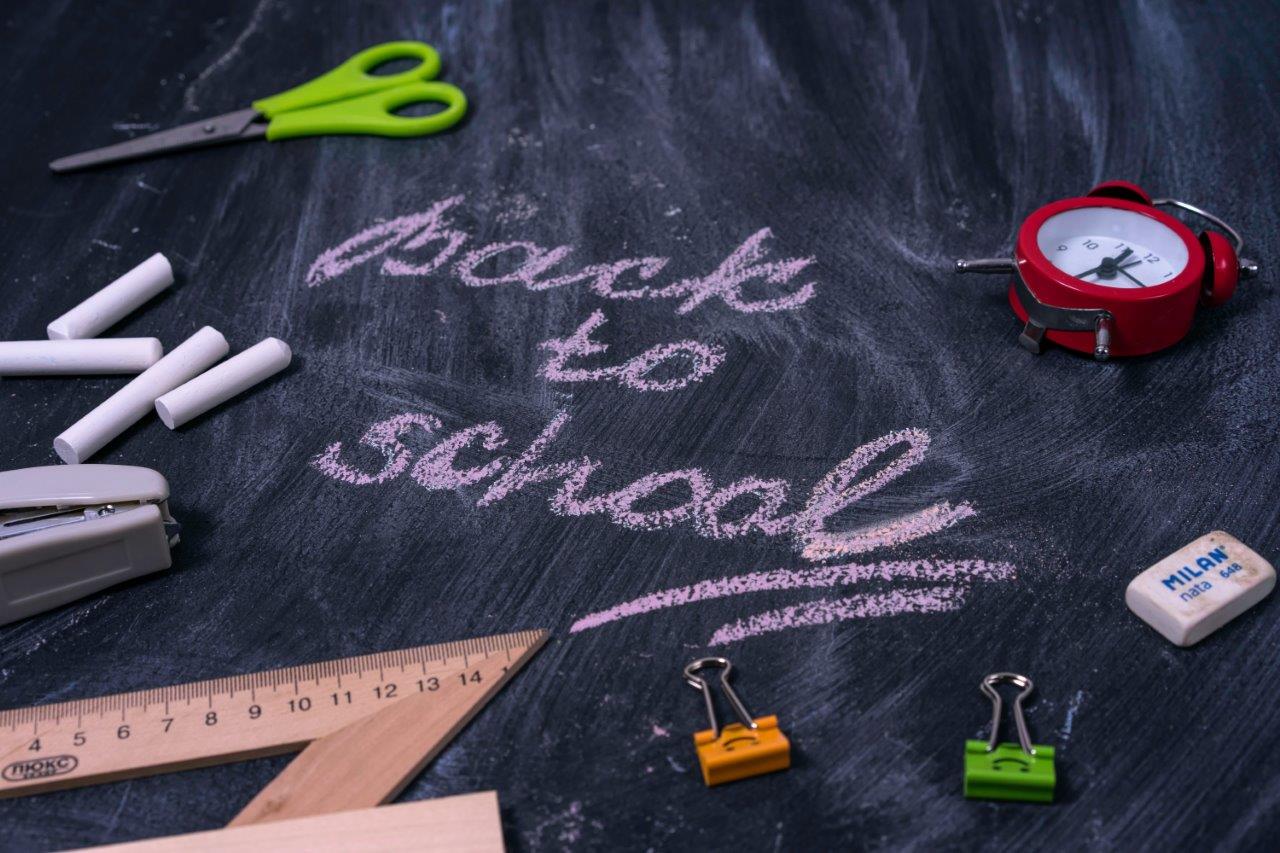Associate Professor Kelly-Ann Allen tells EducationHQ there are a few areas they can prioritise as they work their way into Term 1.
“For new teachers, it’s important that they focus on building relationships and creating a positive classroom environment,” Allen, an educational psychologist in the School of Educational Psychology and Counselling in the Faculty of Education at Monash University, says.
“Take the time to get to know your students, who they are as individuals and what their needs and aspirations are. Their likes and interests. Their dislikes. What are their strengths? Also remember, taking care of yourself is an important teaching method in its own right.”
Allen says it is critical that they don’t shy away from seeking support or professional development.
“Personal development does not have to be school-mandated or pre-set by school leadership,” she says.
“Teachers should feel empowered to steer their own professional development.
“It’s vital they feel empowered to use their judgement to identify reliable sources of information and choose personal development opportunities that align with their own personal needs, strengths, and goals, as this may differ from the development opportunities offered through the school."
Allen suggests personal development tailored to a teacher’s own needs and strengths provides a real opportunity for continuous learning.

Associate Professor Kelly-Ann Allen says teachers should feel empowered to steer their own professional development. "It's vital they feel empowered to use their judgement to identify reliable sources of information and choose personal development opportunities that align with their own personal needs, strengths, and goals," she says.
For teachers just starting or at any stage of their career, new research from UNSW also suggests supporting their wellbeing at the start of term is integral to sustaining teachers’ wellbeing in the long-term.
Scientia Associate Professor Rebecca Collie, from UNSW’s School of Education, says understanding how teacher wellbeing can be better supported and how it changes over time will help reduce the current high burnout and attrition rates.
Allen says at the start of the school year teachers are managing new faces, diverse needs, and sometimes, high expectations from parents and leaders.
“Plus, there’s the daunting task of juggling their own needs and work-life balance; perhaps they have their own children returning to school too, which would add additional pressure and stress,” she says.
Collie says in a recent study undertaken by herself and Scientia Professor Andrew Martin, published in late 2023, they examined how teacher wellbeing changes over one school term, and the role of teacher-student relationships in how these changes unfold.
They followed 401 teachers (56 per cent primary, 38 per cent secondary and 6 per cent K-12) from all Australian states and territories, during Term 3 in 2021.
Teachers reported on their wellbeing and their sense of connection with students in weeks two, five and eight of the 10-week term, and the research found teachers reported declines in wellbeing over this period.
“Importantly though, teachers who reported more positive teacher-student relationships at the start of term ended the term with higher [rates of] wellbeing than those teachers who started the term with less positive teacher-student relationships,” Collie says.
“Our findings highlight the interconnectedness of teacher wellbeing and teacher-student relationships and underscore the importance of introducing efforts to bolster both.”
For students transitioning between grade levels and resetting after a long break back into the classroom, heading back to school is often an unsettling time.
With a new year level, most often a new teacher and a range of expectations, hopes and apprehensions, Allen says teachers can help by setting clear expectations, establishing routines, and providing a supportive environment.
“Successful transition needs to start the year before, and fortunately, most schools do this well and viewing transition through the lens of empathy and compassion may help the school community as a whole,” she says.
“Students can also play a role in their own transition, considering what insights or ideas they could provide to help, or teachers can look to the voices of students from previous years to help ease the transition for current students."
It’s hugely important, Allen continues, that teachers nurture and cultivate a sense of belonging for students, right from the start of the school year.
“Building a sense of belonging from the start is crucial,” she emphasises.
“When students feel they belong, they’re more engaged and more motivated to learn.
“It’s not just about feeling good; it’s about creating an environment where students feel safe, valued, respected, and included.”
Allen says school then becomes a place where students can feel comfortable being themselves.
“This is the type of environment where they can thrive and teachers are central to this process.
“Establishing norms and a suitable classroom culture, need to occur from day one - and actions such as this can set the tone and expectations for the entire school year - and sometimes beyond.”
And it’s just as important for teachers to feel they belong.
“There’s clear evidence linking teacher belonging with student belonging,” Allen says.
“A positive workplace, where teachers feel supported and valued, directly impacts their ability to create that same environment for their students.
“Given the known associations between belonging and wellbeing constructs in research, we can say that fostering teacher belonging is likely very important for a teacher’s wellbeing and satisfaction at work.”















